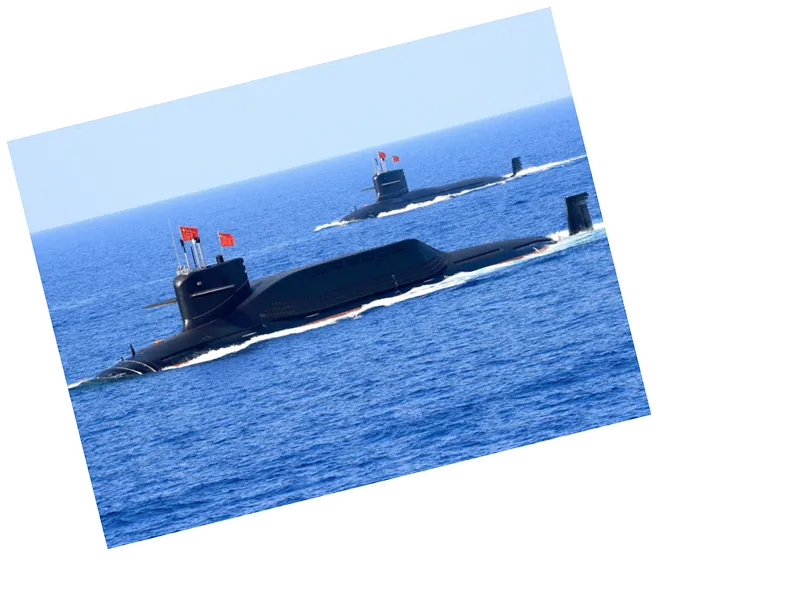The reliance on commercial shipping for military logistics underscores the vulnerabilities in the US Army's current supply chain.
The aging fleet of military supply vessels presents a critical challenge for the Pentagon's operational readiness.
Effective logistics not only support military operations but also play a crucial role in deterrence strategy against adversaries.
The US Army may increasingly rely on commercial shipping solutions as a stopgap measure for its logistics needs.
If the current trends in military supply capabilities are not addressed, the US could face significant operational challenges in future conflicts.
The potential for adversaries to target US supply lines may lead to an increased emphasis on securing and diversifying logistics routes.
The US Army is grappling with significant challenges in its military logistics capabilities, particularly in the context of a potential conflict with China. According to a report by the Wall Street Journal, the Pentagon's Transportation Command, or Transcom, is exploring the integration of commercial shipping lines into its supply chain to enhance efficiency during crises. This move comes as the army's existing fleet of supply aircraft and cargo ships is described as outdated and insufficient.
The report highlights that in the event of a conflict with China, approximately 90 percent of US military supplies would need to be transported by sea. However, the situation is precarious, with 28 out of the 44 state-owned ships available for use expected to retire within the next eight years, and delays in securing replacements for these vessels.
Furthermore, the article points out that military supply lines are often primary targets during warfare. The example of the Ukrainian army targeting Russian supply lines during the 2022 conflict illustrates how effective logistical capabilities can significantly impact military operations. The Wall Street Journal emphasizes that robust logistics can serve as a deterrent against potential adversaries, as they would perceive a strong US military response as a significant risk for any hostile actions.





